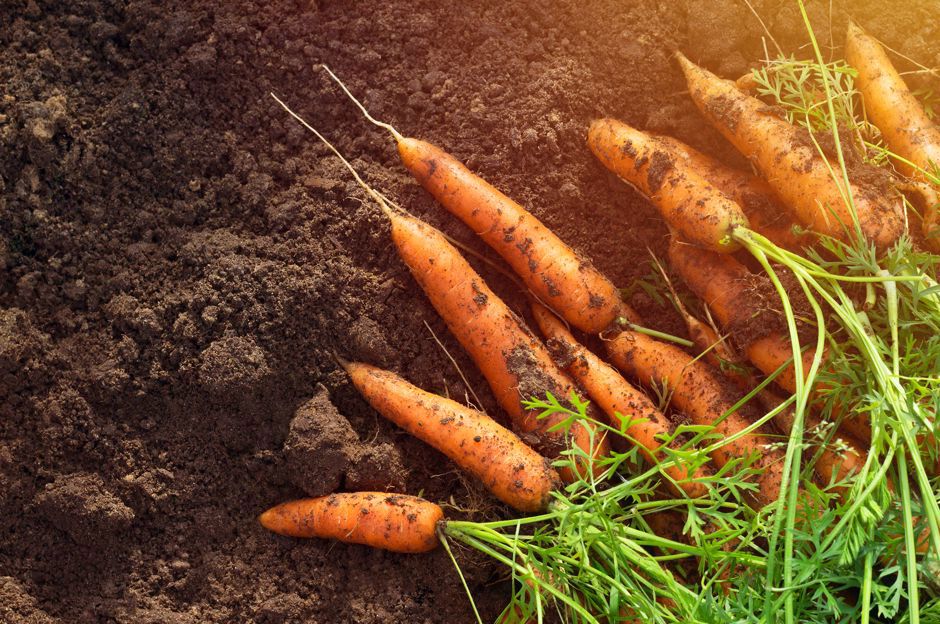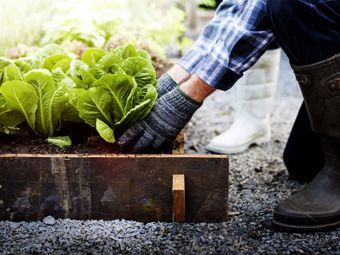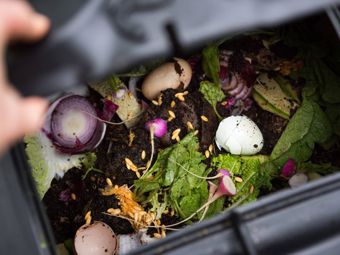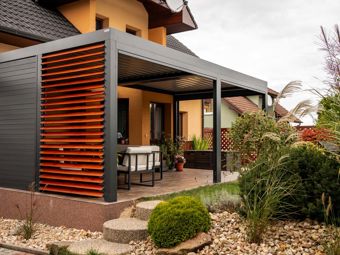What is harvested in July
July brings abundant harvest – cherries, apricots, mirabelles, raspberries, red and black currants, gooseberries, summer apples and other fruits. It is important to cut the strawberry plants after harvest or at least remove old leaves, you can also cut already rooted runners and replant them together with the root ball. The vegetable garden will provide lettuce, early carrots, parsley and celery. You can cut herbs when needed.
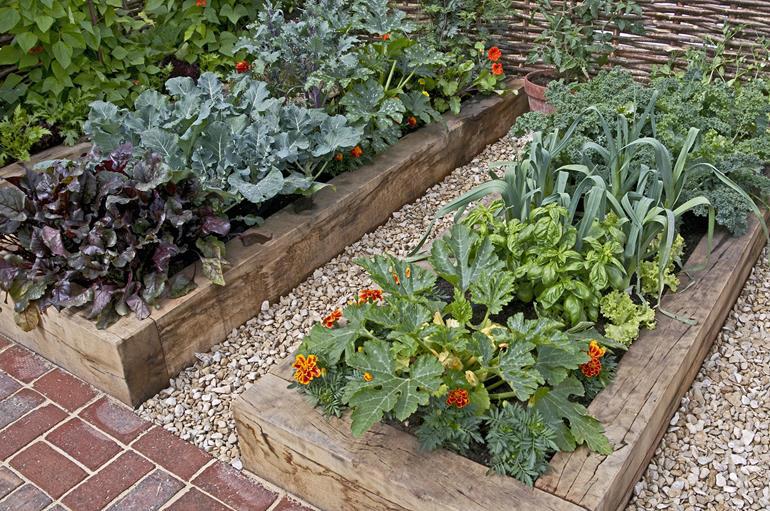
Some produce must be processed immediately, conserved, or frozen, other can be stored. The storing conditions vary, but in general, the crops should not freeze, nor be left in heat (the ideal temperature is around 5 °C), they should be stored in a dark place to prevent germination, and it is also important to ensure good air circulation. Always store only undamaged and absolutely healthy crops.
Crops suitable for long-term storage
- onion
- garlic
- red and white cabbage
- Brussels sprouts
- carrot
- parsnip
- celeriac
- beet
- salsify
- late varieties of radish
- potato
- walnut
- pear
- apple
- quince
- kiwi
July gardenwork
Watch out for mildew on tomato and cucumber – cut infected leaves immediately and apply suitable fungicides. It is necessary to protect the plants from drought; less frequent but more abundant watering is preferable, so that water can reach deep into the ground to the roots. It is advisable to mow the lawn about once every two weeks, in the morning or in the late afternoon. When mowing in hot temperatures, you are likely to bare the soil and scorch the lawn.
July is also suitable for vegetative propagation of garden coniferous trees – yew, juniper, cypress, and white cedar. Remove approximately 10 cm long cuttings from branches and insert them in damp, loose substrate, including the flat base (with which the cuttings were joined to the branch).
July weather lore
- If ant hills are high in July, winter will be snowy.
- If the sky beyond the clouds is blue, be glad, there is a picnic for you.
- When wind comes before rain, soon you may make sail again.
- Knee-high by the fourth of July.
- If on St. Swithin’s Day (15 July) ye do rain, for forty days it will remain.
- Puffy white clouds on this day (25 July) foretells much snow in the coming winter.
- Rain on St. Anne’s (26 July) will continue for a month and a week.
- Ne’er trust a July sky.
What to sow in July
July is a harvest month, but you can still sow vegetables with a short vegetation period in vacant vegetable patches. These include, for instance, beetroot (it will grow into smaller tubers by autumn), lettuce, spinach, rocket, cornsalad, Napa cabbage, early carrot, kohlrabi, and various varieties of radish. You can also try to sow green pea and bean.
Try to avoid growing plants of the same species in the same place; the soil needs to rest and absorb new nutrients.
Secret tips: forgotten and lesser-known crops to sow in July
- turnip – this juicy and fresh brassica vegetable is to be sown separately or together with radish or carrot; it can be stored for winter
- black radish – easy to grow vegetable that contains a large amount of vitamins and minerals, has anti-inflammatory and antifungal properties, and improves digestion
- orache spinach – the dark-red leaves of this vegetable can be used instead of spinach; it can be sown until September thanks to its short vegetation period (6–8 weeks)
- mustard greens – these pungent, zesty leaves are ideal for salads, but can also be cooked
- black salsify (black oyster plant) – stimulates metabolism and helps with lack of appetite; it can be sown in July to be harvested in autumn of the next year (it has a very long vegetation period)
- fennel – this vegetable with sweet bulbs is ideally to be sown from mid-July to mid-August

Flowers in the garden in July
If you have sown climbing annual plants by the pergola, such as sweet pea, bindweed, and ornamental bean, they will bloom and smell wonderful right now. Phosphorus- and potassium-rich fertiliser should be added once a week to flower boxes with annual and perennial plants. Monitor whether the roses are free of aphids and how them regularly.
Do you want to multiply shrubs that flower in the spring, such as forsythia, redflower currant, and privet? Plant cuttings from green (not lignified) shoots with two or three pairs of leaves and the tip cut above the joint. They will take root after four week and then you can replant them to their permanent site.

